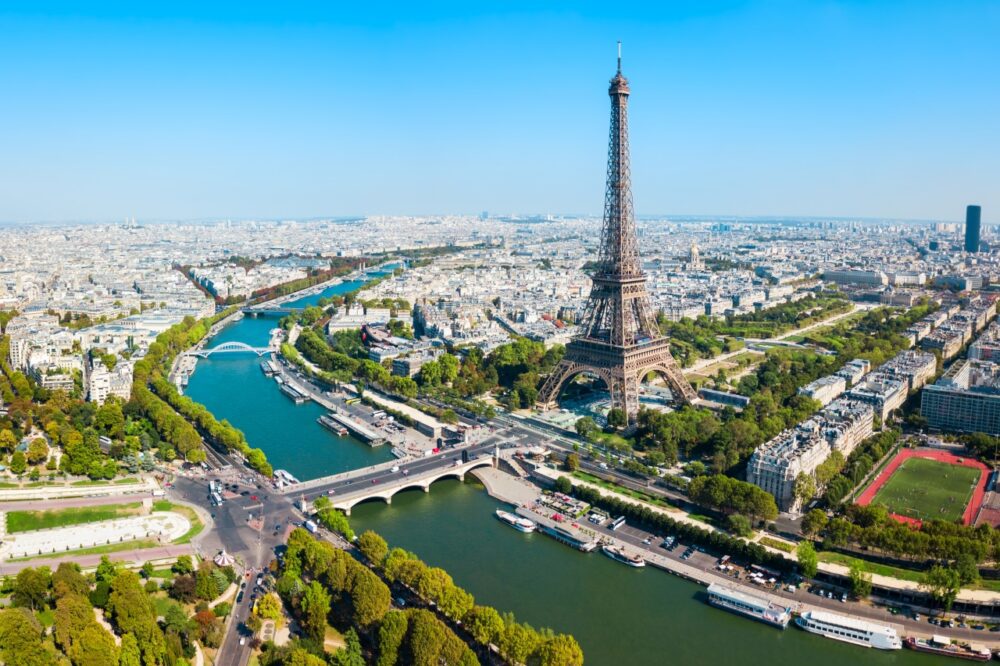
Introduction
France, a country synonymous with romance, art, history, and some of the world’s finest food and wine, is more than just a popular travel destination—it’s a way of life. From the iconic streets of Paris to the sun-drenched beaches of the French Riviera, and from the vineyards of Bordeaux to the bustling markets of Provence, France offers something for every kind of traveller. Whether you’re here to sip coffee at a sidewalk café, ski in the Alps, or explore medieval castles, this diverse and dynamic country will keep you captivated at every turn.
The first time I visited France, I was overwhelmed by how much there was to see and do. You can spend months here and still only scratch the surface. What makes France truly special is its ability to offer something fresh each time you return—whether it’s discovering a new hidden village, tasting a regional dish, or stumbling across a festival in a small town. France is a country that rewards curiosity, and the more you explore, the more you’ll fall in love with its culture, landscape, and spirit.
Table of Contents
Reasons You Should Visit France
1. Incredible Food and Wine
France is, without a doubt, one of the top food destinations in the world. Each region has its own specialities, from buttery croissants and baguettes in Paris to fresh bouillabaisse on the southern coast. The country’s culinary reputation goes well beyond fancy restaurants—street markets, bistros, and cafés serve delicious, local fare that’s surprisingly affordable. I still remember grabbing a crêpe from a stall in Montmartre, the simple combination of sugar and butter tasting better than anything I’ve ever had.
Wine is equally central to French life. Whether you’re sipping Champagne in its birthplace, tasting Bordeaux at a vineyard, or enjoying a glass of rosé in Provence, wine in France is more than just a drink—it’s an experience. Many vineyards offer tours and tastings, and visiting a French winery is a must if you’re in the countryside. I took a day trip to the Bordeaux wine region, learning about the production process and tasting some of the world’s finest reds. It was the perfect way to spend an afternoon.
2. Art, History, and Architecture
France has an extraordinary artistic and cultural heritage. The Louvre Museum in Paris is home to some of the most famous works of art, including Da Vinci’s Mona Lisa, while Versailles will transport you back to the grandeur of the French monarchy. Every city and town has its own historical charm, from the Roman amphitheatres in Arles to the grand Cathédrale Notre-Dame de Strasbourg.
One of my favourite experiences was wandering through Lyon’s traboules, the hidden passageways once used by silk merchants, now a symbol of the city’s historical importance. The medieval streets of Rouen and the futuristic architecture of La Défense in Paris show just how diverse and fascinating France’s architectural history is. No matter where you go, there’s always something to explore.
3. World-Famous Cities and Countryside
While Paris rightly takes the crown as one of the most visited cities in the world, France’s charm extends far beyond its capital. Marseille has a multicultural energy, Nice exudes glamour, and Lyon offers the perfect blend of urban sophistication and historical charm. But perhaps what surprised me most about France was the stunning countryside—rolling vineyards, dramatic cliffs, lavender fields, and quiet, medieval villages that feel like stepping into a different era.
On a trip through Provence, I took a winding road through the Luberon villages, stopping in places like Roussillon and Gordes. Every village had its own charm—stone houses, colourful shutters, and flower-covered balconies. Whether you’re heading to the Alps, the Loire Valley, or the Pyrenees, France’s countryside is as diverse and appealing as its cities.
4. Beach Escapes and Ski Adventures
France offers some of Europe’s best beach destinations, from the glamorous resorts of the Côte d’Azur to the wild, rugged beauty of Brittany. Whether you’re sipping cocktails in Saint-Tropez or wandering through the narrow streets of Nice, there’s something special about the French Riviera’s energy. The beaches here are stunning, and the Mediterranean waters are perfect for swimming, sailing, or simply lounging in the sun.
If winter sports are more your style, France is home to some of Europe’s best ski resorts. Chamonix and Val d’Isère offer world-class skiing and snowboarding, with breathtaking mountain views. I spent a week in the French Alps, where the mix of snowy peaks, après-ski culture, and alpine cuisine made for an unforgettable trip. Whether it’s winter or summer, France is a country for both beach lovers and mountain adventurers.
5. Rich Culture and Festivals
France has a deep cultural heritage that’s expressed through its numerous festivals, traditions, and regional celebrations. From Bastille Day in July, with fireworks lighting up the Eiffel Tower, to the Cannes Film Festival, France knows how to celebrate. One of the highlights of my travels was attending the Nice Carnival, a lively event filled with parades, floats, and endless energy.
Local festivals are just as captivating. In Provence, I stumbled across a lavender festival where locals celebrated the harvest with food, music, and traditional crafts. If you’re in France during the summer, you’ll likely find a village fête or festival celebrating everything from truffles to wine. The cultural richness of France ensures that no matter when you visit, there’s always something happening.
Best Places to Visit in France
1. Paris

It’s impossible to talk about France without starting with Paris, the city of light and love. Paris is an experience in itself, with its iconic landmarks like the Eiffel Tower, Louvre, and Notre-Dame Cathedral. Each arrondissement (district) has its own personality—Montmartre is bohemian, Le Marais is trendy and filled with boutiques, and Saint-Germain-des-Prés exudes old-world charm.
On my last trip, I spent a lazy afternoon walking along the Seine, stopping at bookstalls and sipping coffee at a café near Pont Neuf. While Paris can be overwhelming with all there is to see, don’t forget to take time to simply enjoy the atmosphere—people-watching at a café, browsing art galleries, or picnicking in Jardin des Tuileries.
2. Marseille
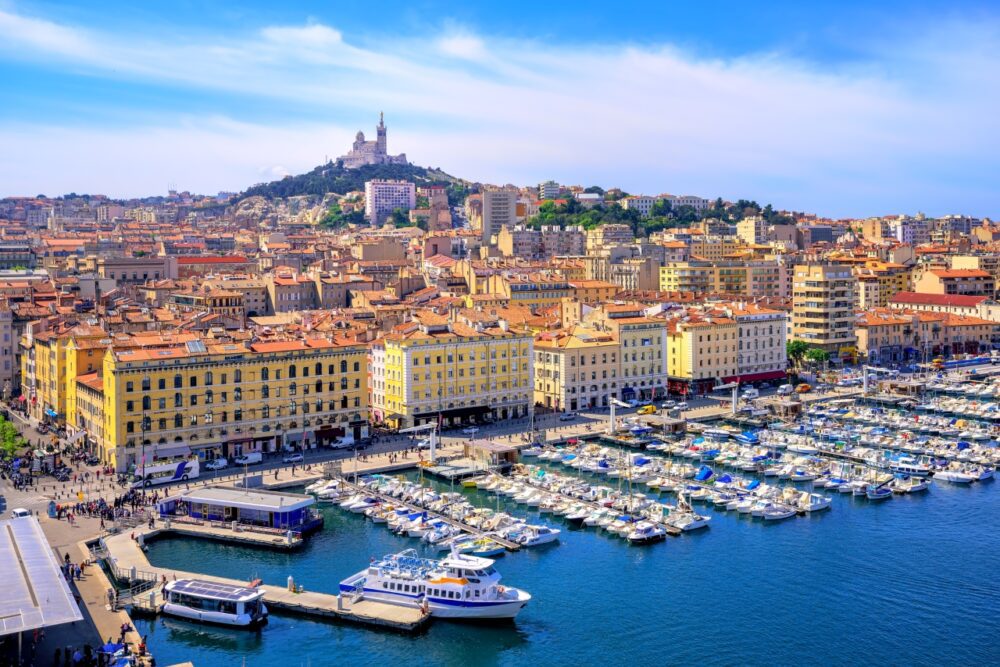
Marseille, France’s second-largest city, has a raw energy that’s distinctly Mediterranean. Located on the coast, this port city has a multicultural vibe, with bustling markets, a historic old town, and a vibrant arts scene. The heart of the city is the Vieux-Port (Old Port), where you can watch fishermen unloading their catch in the morning or hop on a boat to the stunning Calanques National Park for a day of hiking and swimming in turquoise coves.
One of my favourite experiences in Marseille was visiting Le Panier, the city’s oldest neighbourhood. Its narrow streets are filled with colourful street art, local boutiques, and cafés. Don’t leave without trying bouillabaisse, Marseille’s famous fish stew, in one of the local restaurants.
3. Nice

Nice, on the French Riviera, is a glamorous city with a laid-back feel. The city’s Promenade des Anglais stretches along the Mediterranean, offering stunning sea views and plenty of space for a relaxing stroll or cycle. I loved walking through the Old Town (Vieux Nice), with its colourful Italian-style buildings, lively markets, and cobblestone streets.
Nice is also a great base for exploring the rest of the Côte d’Azur—I took a day trip to the hilltop village of Èze and wandered through its exotic gardens before heading down to Monaco for an afternoon. Whether you’re soaking up the sun on Nice’s pebbly beaches or exploring the nearby villages, this city is the perfect mix of sophistication and seaside charm.
4. Lyon
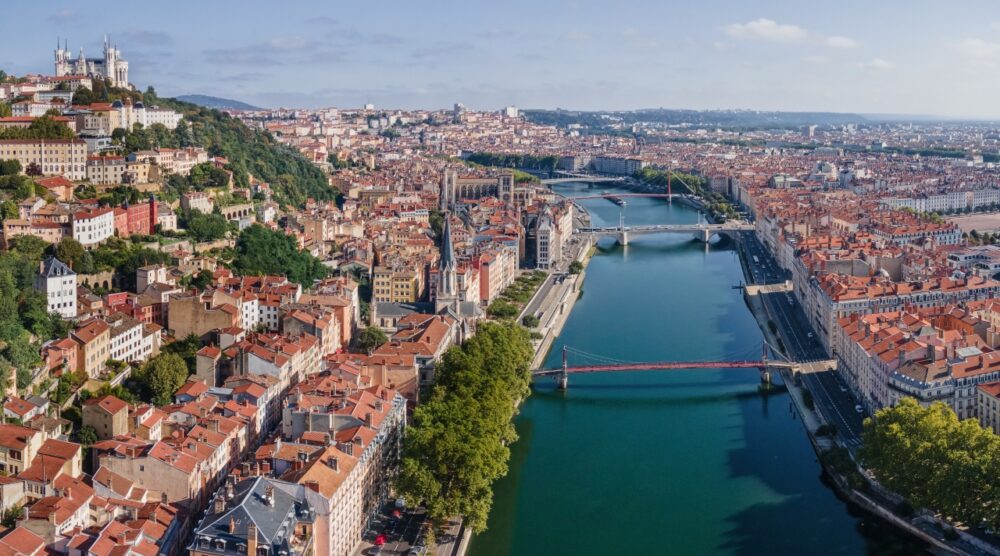
Lyon is often called France’s culinary capital, and it certainly lives up to the title. The city is full of bouchons, traditional restaurants that serve hearty, local dishes like coq au vin and quenelles. I visited the Halles de Lyon Paul Bocuse, an indoor food market named after the legendary chef, and sampled everything from charcuterie to cheeses.
Lyon’s old town, a UNESCO World Heritage site, is a maze of narrow streets, Renaissance buildings, and secret passageways called traboules. Climbing up to the Basilica of Notre-Dame de Fourvière offers stunning views over the city. Lyon’s mix of history, culture, and world-class food make it a must-visit for any trip to France.
5. Strasbourg
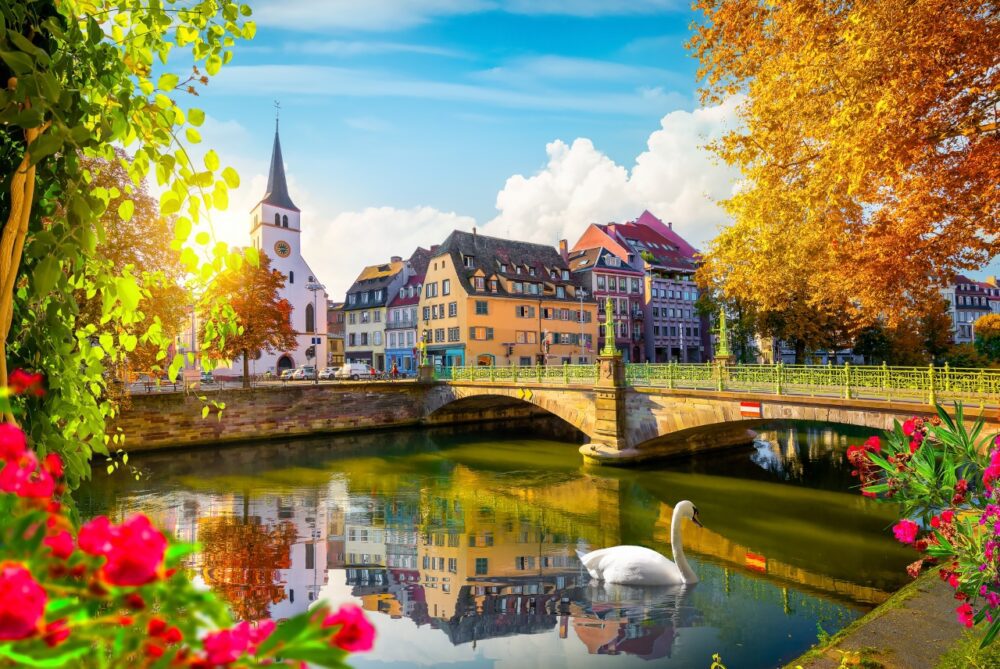
Located on the German border, Strasbourg has a unique blend of French and German influences, most evident in its half-timbered houses and hearty cuisine. The city’s Gothic cathedral is one of the most impressive in Europe, and the La Petite France district, with its canals and medieval houses, is picture-perfect.
I spent a lovely afternoon cruising along the canals and wandering through the Christmas market in Place Kléber—a magical experience if you’re visiting during the festive season. Strasbourg is also the perfect base for exploring the Alsace wine route, where you can taste local Riesling and Gewürztraminer in charming villages like Colmar and Riquewihr.
6. Bordeaux
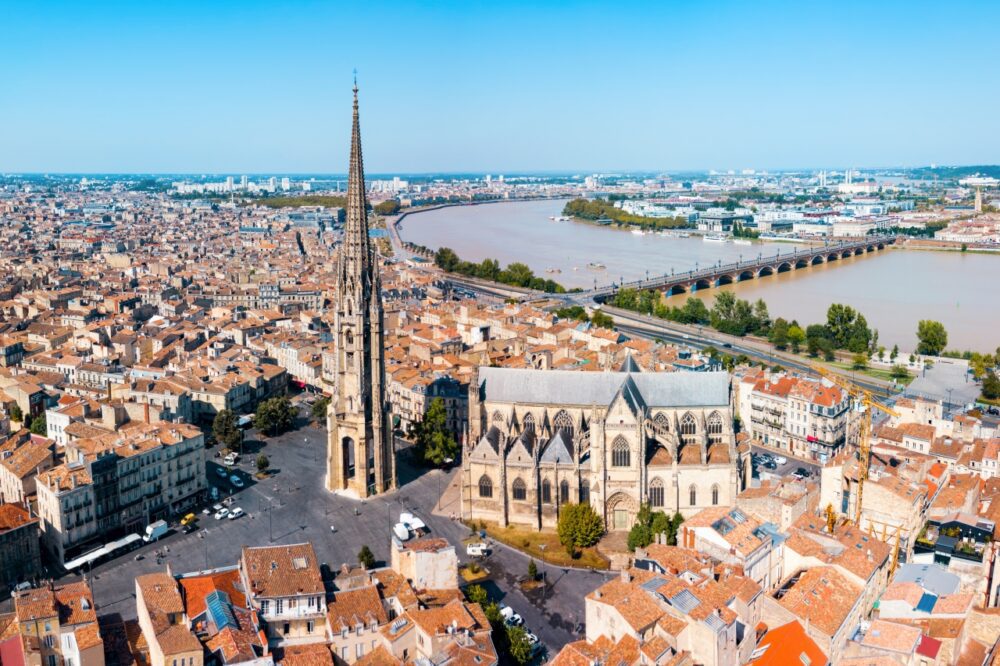
Bordeaux is synonymous with wine, but there’s so much more to this elegant city. I started my visit at the Place de la Bourse, where the Water Mirror reflects the stunning 18th-century architecture. The city’s vibrant food scene rivals even Paris, and I loved wandering through the Marché des Capucins, tasting local oysters and cheeses.
Of course, a trip to Bordeaux wouldn’t be complete without a vineyard tour. I spent a day exploring the nearby Médoc region, visiting world-renowned wineries and learning about Bordeaux’s winemaking traditions. Whether you’re a wine lover or just enjoy beautiful architecture, Bordeaux is a perfect blend of sophistication and charm.
7. Lille
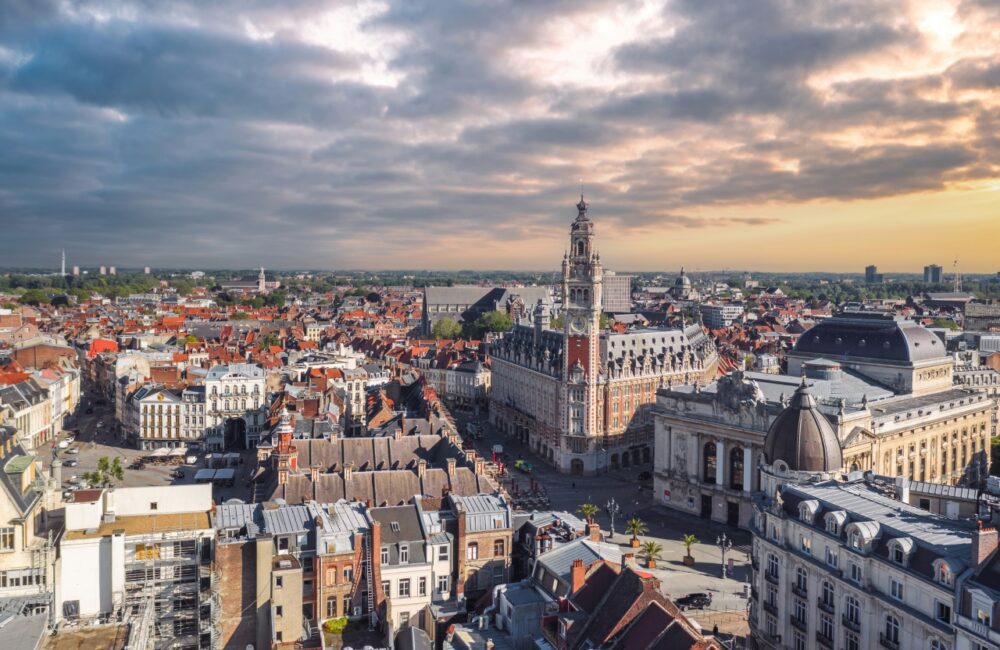
Lille is a lively city in northern France with a rich Flemish history. The city’s Grand Place is a beautiful mix of French and Flemish architecture, and wandering through Vieux Lille is like stepping back in time. I visited La Piscine, a unique art museum housed in a former Art Deco swimming pool—a must-see for art lovers.
Lille’s vibrant student population gives the city a youthful energy, and there are plenty of cool bars, restaurants, and boutiques to explore. If you’re here in September, don’t miss the Braderie de Lille, the largest flea market in Europe, where you can hunt for antiques, vintage clothes, and local delicacies.
8. Saint-Tropez
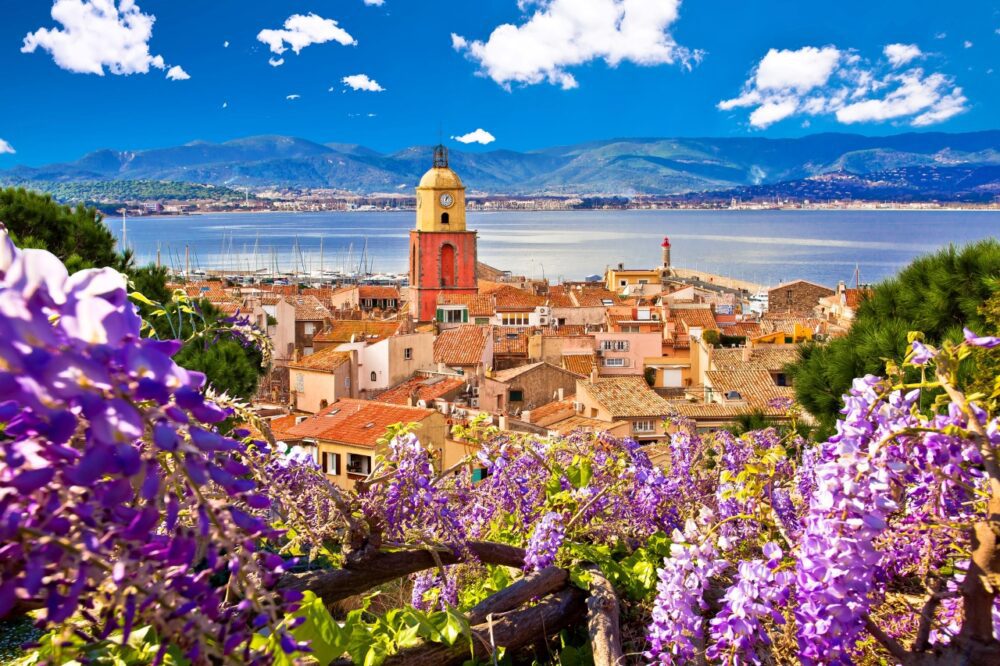
Saint-Tropez is the ultimate destination for those looking for glamour and sunshine. Once a quiet fishing village, it’s now a playground for the rich and famous. Despite its high-end reputation, Saint-Tropez still has a laid-back charm, especially if you wander through the quieter streets and visit the town’s old port. I spent an afternoon on one of the town’s famous beaches, Plage de Pampelonne, before heading to a beachfront café for a cocktail as the sunset.
Beyond the glitz, Saint-Tropez is a gateway to some of the Côte d’Azur’s most stunning coastal walks. I took a short hike along the Sentier du Littoral, which offers breathtaking views of the Mediterranean and the surrounding cliffs.
9. Montpellier
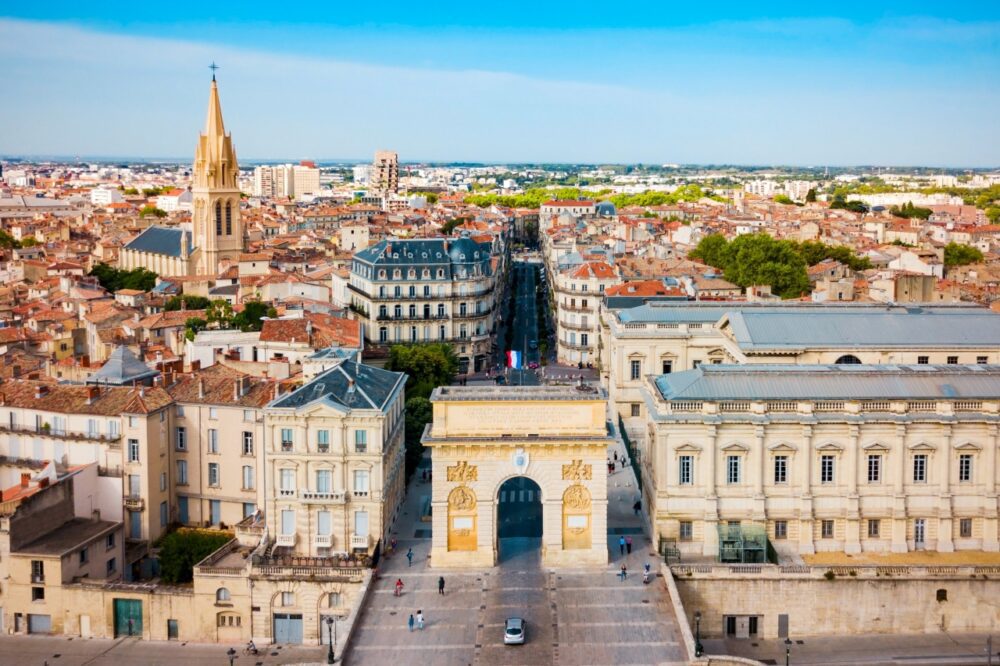
Montpellier is one of southern France’s most vibrant cities, with a lively student population and a perfect mix of old and new. I loved wandering through the city’s narrow streets, exploring the Place de la Comédie, and checking out the modern Antigone district, designed by architect Ricardo Bofill.
The city’s Musée Fabre is a must-see for art lovers, with a fantastic collection of European paintings. Montpellier is also just a short drive from the Mediterranean, so you can easily combine city exploring with a day at the beach.
10. Toulouse
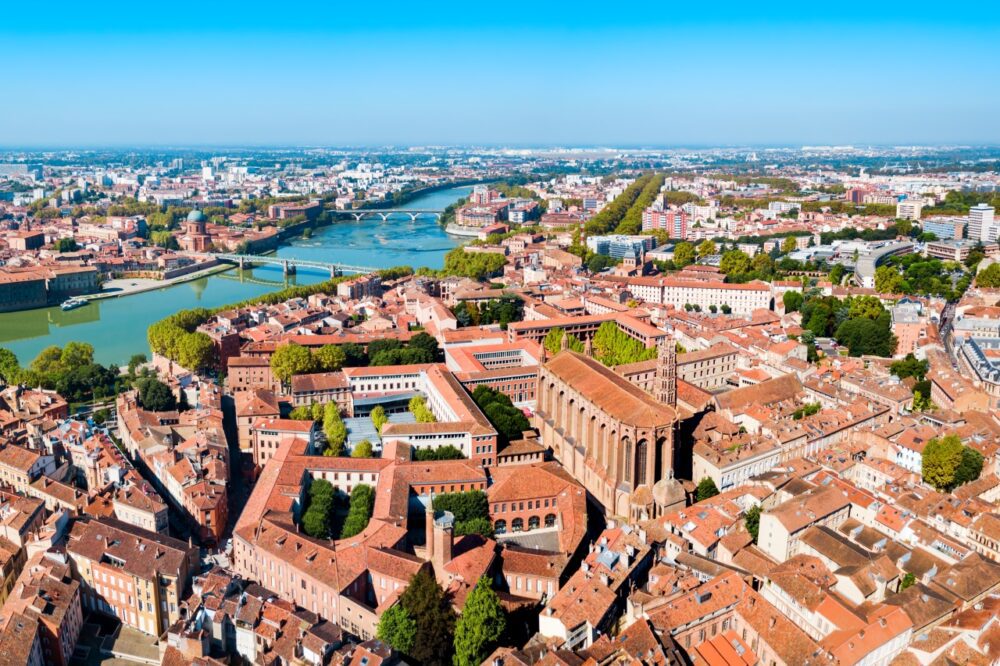
Toulouse, known as “La Ville Rose” (The Pink City) because of its terracotta buildings, is full of charm and history. The Capitole de Toulouse is the city’s grand central square, where you can find the town hall and opera house. I spent hours strolling along the Garonne River and enjoying the relaxed atmosphere of the riverside cafés.
Toulouse is also the heart of the Aerospace industry in France, and a visit to the Cité de l’Espace is a must for anyone interested in space exploration. The city’s proximity to Carcassonne, a medieval fortified city, makes it a great base for exploring this part of France.
Travel Tips for France
Getting Around France
France has an excellent public transport system, making it easy to travel between cities and regions. Trains are the best way to get around, with the high-speed TGV connecting major cities like Paris, Lyon, and Marseille. Regional trains and buses cover smaller towns and rural areas. For exploring the countryside, renting a car is ideal, especially for regions like Provence or the Loire Valley, but be aware of toll roads. In cities like Paris, metros and trams are efficient and affordable.
Best Time to Visit France
The best time to visit France depends on your plans. Spring (April to June) and autumn (September to October) offer mild weather and fewer crowds, perfect for sightseeing in cities like Paris or Bordeaux. Summer (July to August) is great for the French Riviera and outdoor festivals, but it can be crowded and hot in popular destinations. If you love skiing, head to the Alps or Pyrenees during winter (December to February) for excellent snow and après-ski vibes.
Passport and Visa Requirements for France
France is part of the Schengen Area, so visitors from EU/EEA countries can enter with just an ID card. Travellers from countries like the US, UK, Canada, and Australia can stay visa-free for up to 90 days within the Schengen Zone. Your passport should be valid for at least three months beyond your stay. If you plan to visit neighbouring countries, border checks are minimal, but always carry your passport or ID.
Currency and Banks in France
France uses the Euro (EUR), and credit cards are widely accepted, even in smaller towns. ATMs are readily available, but it’s a good idea to carry some cash for local markets, smaller shops, or rural areas. Be cautious of exchange offices at airports, which often have poor rates—using an ATM or exchanging money at a bank is usually the better option. Tipping in France is not obligatory, but leaving a small tip in restaurants (about 5-10%) is appreciated.
Language and Useful Phrases to Know
French is the official language of France, and while English is widely spoken in major tourist areas, locals appreciate visitors who try to speak French. Learn a few basic phrases like “Bonjour” (hello), “Merci” (thank you), and “S’il vous plaît” (please). In rural regions, knowing some French can be particularly useful, as English is less common. The French are proud of their language, and even a simple greeting in French can go a long way.
Budgeting and Costs for France
France can be expensive, especially in cities like Paris and Nice, but there are ways to manage costs. Stay in guesthouses, Airbnbs, or budget hotels to save on accommodation, and take advantage of prix fixe menus in local bistros for affordable meals. Public transport is relatively inexpensive, and many museums offer free entry on the first Sunday of the month. Visiting during the shoulder season can also help you avoid peak prices for accommodation and flights.
Conclusion
France is a country that offers an endless variety of experiences, from the world-class art and culture of Paris to the tranquil beauty of the Provence countryside. Whether you’re indulging in Michelin-starred dining, sipping wine in a quiet vineyard, or exploring a medieval village, France has a way of capturing your heart. It’s a place where every region feels like a new adventure, and each visit brings something different.
What I love most about France is how it invites you to slow down and enjoy the finer things in life—whether that’s a perfectly baked croissant, a stroll along the Seine, or simply sitting in a café and watching the world go by. If you’re looking for a destination that offers both excitement and relaxation, history and modernity, France is the perfect choice. Trust me, you’ll leave wanting more.
